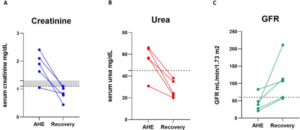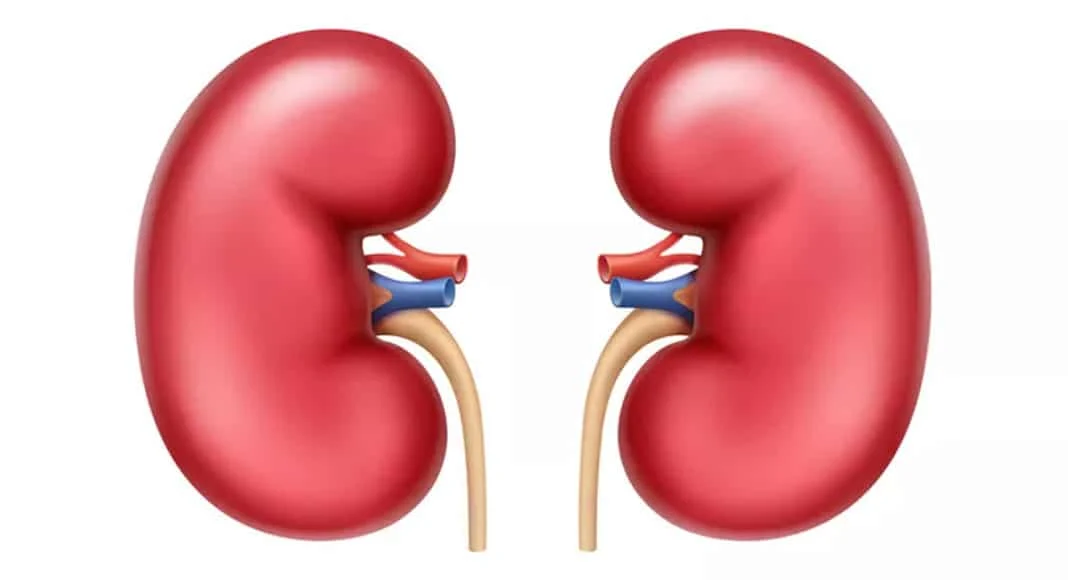Extrahepatic disorders such as renal or neurological manifestations, cryoglobulinemia, and pancreatitis were reported with HEV infection. These disorders were reported mainly during HEV-3 or HEV-4 chronic infections. However, limited data are available on the link between HEV-1 and extrahepatic manifestations. The association between HEV-1 and kidney abnormalities is largely unknown. Most of the available data were derived from experimental animal models and/or in vitro cell culture models. A recent study by Dr. Sayed, Dr. Ramadan and their colleagues investigated the impact of HEV-1 infections on renal parameters during the acute phase of infection. They assessed kidney function tests (KFTs) in the sera of patients with acute hepatitis E (AHE) infections who were infected with HEV-1 and compared the demographic and laboratory data between patients with normal KFTs and patients with abnormal KFTs.
Acute HEV-1-infected patients (n=31) were included in the study. Five out of 31 patients (16.12%) had elevated serum creatinine and urea levels and impaired GFR during the acute phase of infection. Three patients had abnormal sera urea, creatinine levels, and impaired GFR. Two patients had either abnormal urea level or creatinine level, not both. Then, they compared the demographic, clinical, and laboratory parameters between AHE patients with normal KFTs (n = 26) and those with abnormal KFTs (n = 5). There were no significant differences between either group in terms of age, gender, LFTs, albumin level, and viremia. Also, the clinical symptoms were comparable in both groups. The serum creatinine level was negatively correlated with serum albumin level, but it did not correlate with age, ALT, AST, ALP, or bilirubin levels.
The results of AHE patients with abnormal KFTs at recovery showed that none of these patients developed further renal complications and the urea and creatinine levels returned to normal values (Figure 1). The GFR was improved in all patients. The improvement in KFTs was concurrently matched with the absence of viremia and the disappearance of clinical symptoms.

Figure 1. Results of KFTs (creatinine (A), urea (B), and GFR (C)) of AHE patients with abnormal renal parameters during recovery.
In summary, this study is the first report that evaluated KFTs in patients during the acute phase of HEV-1 infections. These findings suggest that KFTs and renal complications should be monitored during HEV-1 infections.
Read the full article (Pathogens. 2023 May 8;12(5):687. https://www.mdpi.com/2076-0817/12/5/687)

